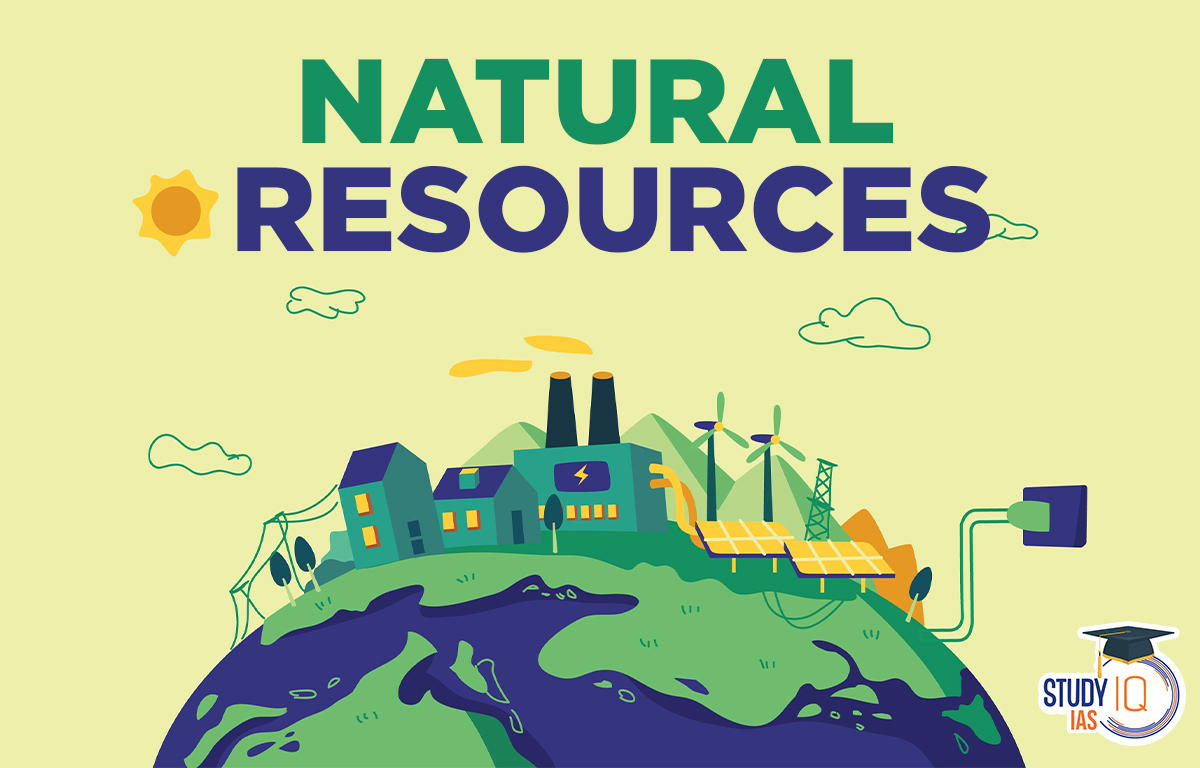
Natural resources can be categorized into several types based on their origin, characteristics, and use.
Here are the main categories of natural resources:
Renewable Resources:
Non-Renewable Resources:
Energy Resources:
Agricultural Resources:
Water Resources:
Forest Resources:
Marine Resources:
Atmospheric Resources:
Soil Resources:
These categories encompass a wide range of resources that provide essential materials and energy for human societies. It's important to manage and use these resources sustainably to ensure their availability for future generations and to minimize environmental impacts.
Thank You